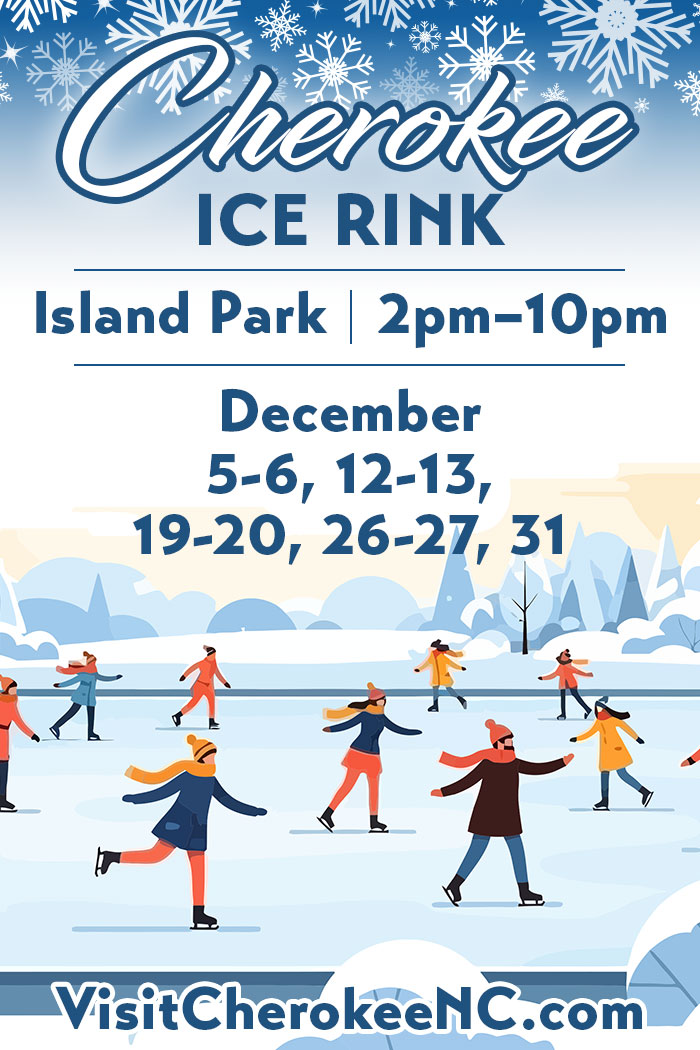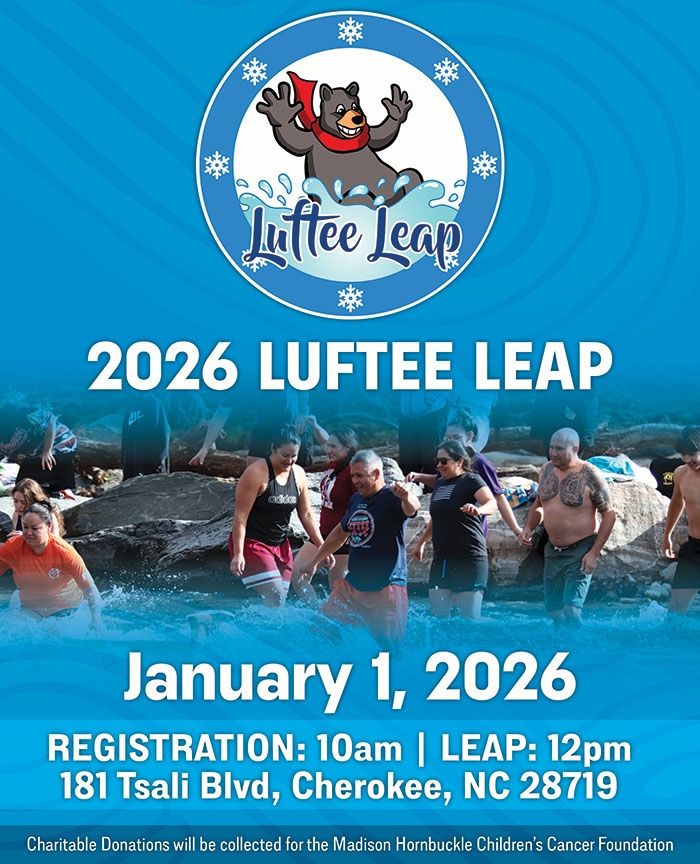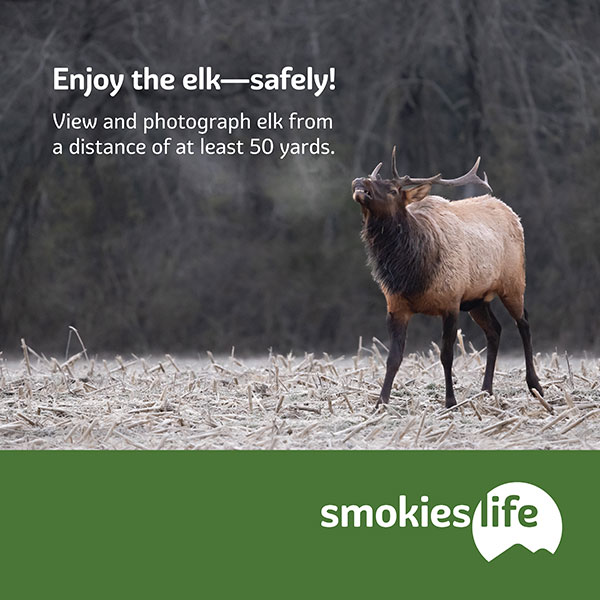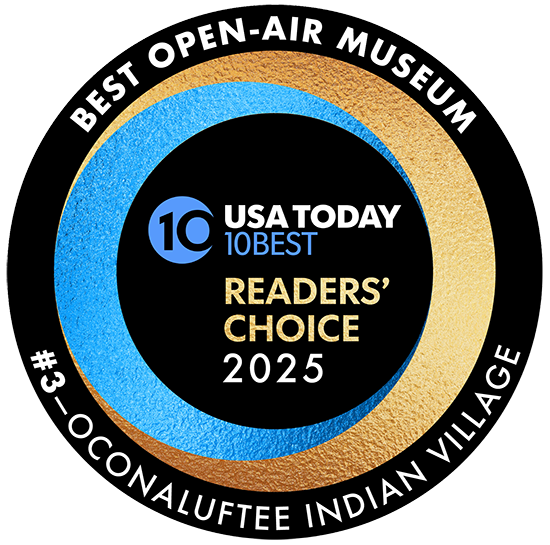By SCOTT MCKIE B.P.
One Feather Asst. Editor
CHEROKEE, N.C. – Rhiannon Skye Tafoya has been named one of 10 recipients of the LIFT – Early Career Support for Native Artist Award given by the Native Arts + Cultures Foundation (NACF). Tafoya, a member of the Eastern Band of Cherokee Indians with Santa Clara Pueblo heritage, is a multi-medium visual artist who has a love of basketry.
Information from NACF describes the award, “The LIFT program provides early career Native artists with professional development, marketing support, culturally appropriate evaluation, and a $15,000 award to develop and realize new projects. Support for burgeoning artists is critical in developing fresh voices and envisioning the future of our respective Native practices.”
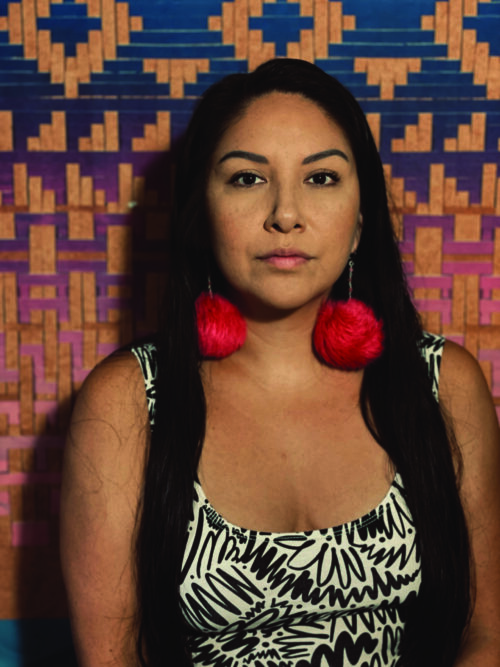
Rhiannon Skye Tafoya has been named one of 10 recipients of the LIFT – Early Career Support for Native Artist Award given by the Native Arts + Cultures Foundation (NACF). Tafoya, a member of the Eastern Band of Cherokee Indians with Santa Clara Pueblo heritage, is a multi-medium visual artist who has a love of basketry. (Photo contributed)
Tafoya said she’s very excited about the LIFT program and has already hit the ground running. “It’s been really nice to have support just to continue with my art practice because it is my main career. I don’t have other work except for teaching opportunities at times. So, it’s been really great. And, I’m with a cohort of really amazing other artists, too. We had a little get-together over Zoom, and we were able to share our work and talk about our influences and our mentors and our projects and how it’ll really promote our own belonging and community.”
The program encourages new work, and Tafoya is ready. “I’m going to do another series of artist books that is really about the mentorship that Louise Goings and Pat Welch have offered to me throughout the past three years. I’ve been working closely with them and just learning how to identify trees, and make sure that I’m practicing our harvesting practices the way that they should be done. It’s a lot of work.”
Art is in her blood. “I come from a really artistic family, and it’s nice that I can bring basketry back into my family, too, because my granny was a basketmaker. But, unfortunately, she’s passed away and not a lot of people continued her practice. So, that’s really important for me to continue the practice so I can share it with my family and share it with the community when I get to a point that I feel I can be a teacher.”
Tafoya said she’s drawn to basketry. “It’s mostly my granny – growing up with her and seeing her make baskets. My dad’s also a basket maker. He’s from Santa Clara Pueblo, so I first learned basketry from him when I was a teenager. I would make red willow baskets with him. So, it just made something go inside of me that I was like, ‘I really love baskets. This is what I want to do for the rest of my life’.”
She added, “Just seeing the baskets, it’s so inspirational – so beautiful and so much history involved in making…and also a lot of talent and a lot of understanding of the natural world around us. I really wanted to continue that but I didn’t have any teachers or know anyone to help me make baskets.”
Tafoya comes from two different basket cultures. “They’re so different. My dad can make a basket within a day…he’ll go out and gather all the material, take it to the water for a little while then come home and we just start. We’ll weave entire baskets throughout the day. So, it’s a really quick process, but it requires a lot of strength compared to making baskets here…here you go through the dying processes and you have to cut an entire tree if you’re using white oak. I would say a red willow basket is more similar to honeysuckle vine. Not in the ways of gathering, but in the ways of weaving it together…it’s a different weave than white oak because oak is a stack. So, you’re doing one at a time then going to the next one whereas in the red willow one it’s continuous…so it’s not a stack weave.”
She has shown work all over including the Indian Pueblo Cultural Center (Albuquerque, N.M.), the McClung Museum of Natural History and Culture (Knoxville, Tenn.), and she has upcoming shows in Santa Fe, N.M. and Atlanta, Ga.
There are themes in Tafoya’s work – messages she hopes to convey. “Right after I had my son, a lot of my work was about motherhood and just about the birthing process. The contraction piece I had at the Museum was basically just because I was in labor for 60-something hours. That pattern just radiated out because that was something that I was feeling at that time and trying to show. With the one at McClung, that one is thinking about the mound as a womb and the way that it births everybody and provides all these resources for us and, historically, had provided a lot of resources for us. So, a lot of times it’s very feminine and based in motherhood, based in family stories.”
Tafoya is a career artist and never listens to any detractors. “A lot of times people, in other places, will always say ‘art can’t make money’ and ‘art can’t support you’. But, I think it can. It’s a lot of hard work, though. You have to continuously make work and think about the next project, and think about the next project, but it’s been very fruitful for me.”
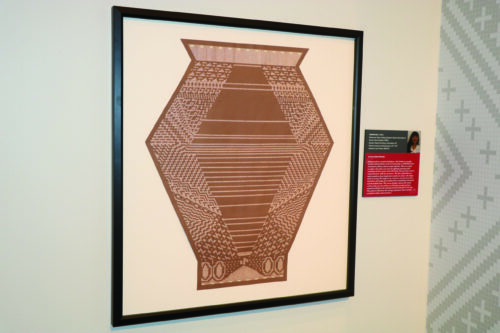
Rhiannon Skye Tafoya’s woven screen-printed paper piece entitled “Womb No. 1” is shown in a recent exhibit entitled “Homelands: Connecting to Mounds through Native Art” at the McClung Museum of Natural History and Culture on the campus of the University of Tennessee in Knoxville, Tenn. (SCOTT MCKIE B.P./One Feather photo)
This is advice she’d like to pass along to the youth. “Don’t listen to anyone who says that you can’t do it because there’s been so many examples, especially in Native art, that people are thriving in it. And, really listen to your inner voice. Don’t just copy things that other people are doing. Be very unique in your own voice and figure out a way that showcases your art and your talent. And, look into other mediums, too, because it might just be that something hasn’t hit that spark of ‘I really love this medium’. Because that’s how it felt when I discovered printmaking. I was like, ‘this is where I want to be and this is what I want to do’.”
When asked what her future goals are within her art, Tafoya noted, “I want to make big work. I want to make some really big work…I made big work for Tsali Care and it was really, really challenging to do in my little room, and with a kid at home…I want a challenge. I want to see what I can do on a really large scale, and just continue baskets. That’s a continuing goal that I have of just continuously making splints and doing all the process. Sometimes it’s really hard to do because it is physically a lot of work, but that’s a really big goal for me.”
The other LIFT program recipients include: Aaron Baumgardner (Catawba), Jesse Kahoonei (Kanaka Oiwi/Native Hawaiian), Beth Bush (Potawatomi/Odawa), Saanlaanaay Kimberly Fulton Orozco (Central Council of Tlingit and Haida Tribes of Alaska), Delia Touche’ (Spirit Lake Nation), Danielle Olana Jagelski (Red Cliff Band of Ojibwe/Oneida Nation of Wisconsin), Jared Tso (Navajo Nation), Gregory Juan (Native Hawaiian), and Anangookwe Wolf (Lac Courte Oreielles Ojibwe/Fort Peck Assiniboine/Dakota).


